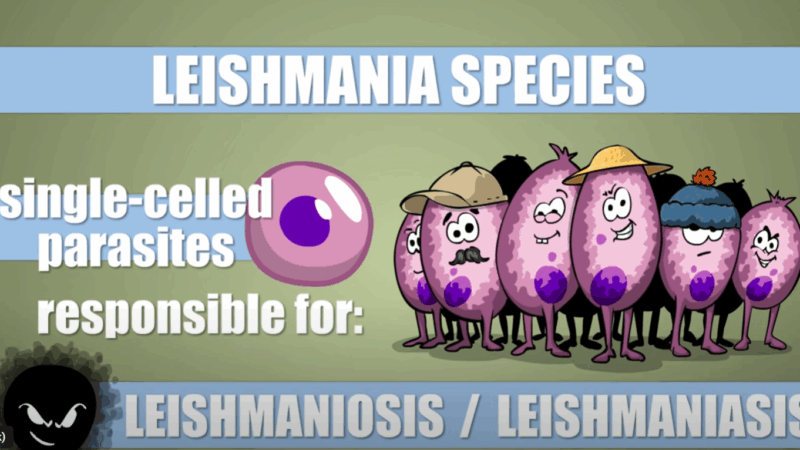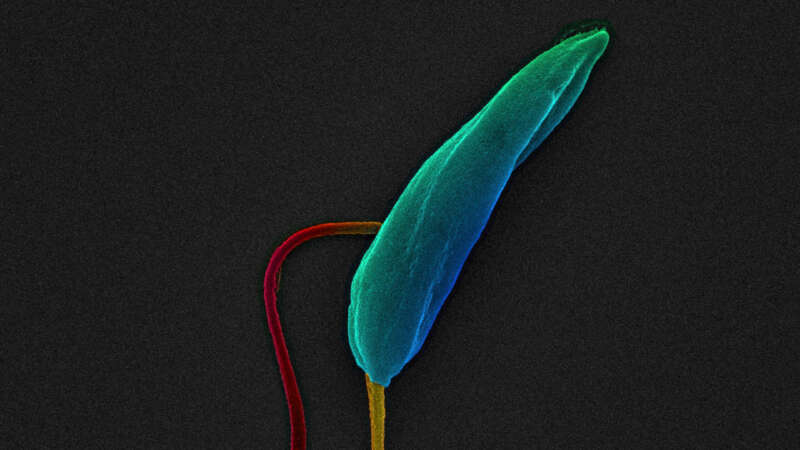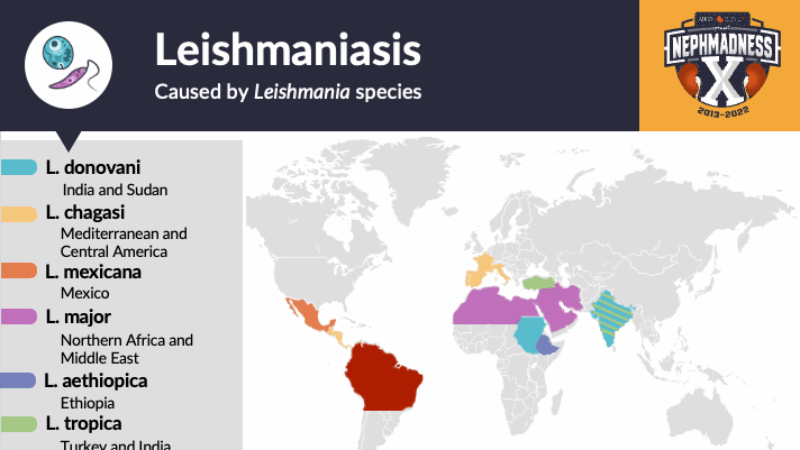Parasites
Leishmaniasis – Plain and Simple
Leishmaniasis is a parasitic disease that few people have heard of, but one you definitely don’t want to catch. Caused by Leishmania parasites and spread by the bite of female sand flies, it can silently linger in the body for years or surface in devastating ways, from painful skin sores to organ damage that can be fatal. The disease affects both humans and dogs, with our canine companions often acting as unwitting reservoirs that keep the infection circulating.
As climate change expands the habitat of sand flies into new regions, the threat of leishmaniasis continues to grow. With no reliable cure and limited vaccine options, prevention is key. Protecting yourself and your pets with repellents, protective gear, and vigilance is the most effective way to guard against this serious but often overlooked disease.
Sand Flies: The Silent Biters Spreading A Deadly Disease
Phlebotomine sand flies are notorious biters. They not only cause great irritation but are also capable of spreading a deadly disease – visceral leishmaniasis.
While the World Health Organization states that currently 1 billion people live in areas endemic for leishmaniasis and at risk of contracting the disease, a recent study using a statistical model, predicted that visceral leishmaniasis (VL) is undergoing geographic expansion and 5.3 billion people could be at risk of acquiring the disease in the future.
Leishmaniasis currently occurs in approximately 90 countries. These countries are located in the warmer climates where sand flies thrive: in the tropics, subtropics, and in Southern Europe. Climate change and other variations in the environment have the potential to expand the geographical range of where sand flies can live and therefore where the disease can infiltrate the human population.
Epidemiology of Leishmaniasis
Leishmaniasis is a parasitic disease spread by the bite of infected female sandflies. It can affect the skin, mucous membranes, or internal organs. The most serious form, visceral leishmaniasis (VL), damages the liver, spleen, bone marrow, and kidneys, and is caused mainly by Leishmania donovani and Leishmania infantum.
Every year, 1–2 million people are affected, with over 90% of cases concentrated in just 13 countries. While many infections show no symptoms, untreated VL is usually fatal. Malnutrition, HIV co-infection, genetics, and young age (especially under 5) increase the risk of severe disease.
Parasites Need Conservation Too
Parasites like ticks and worms are often seen as pests and agents of diseases, but ecologists argue many parasites are actually harmless to humans and …


